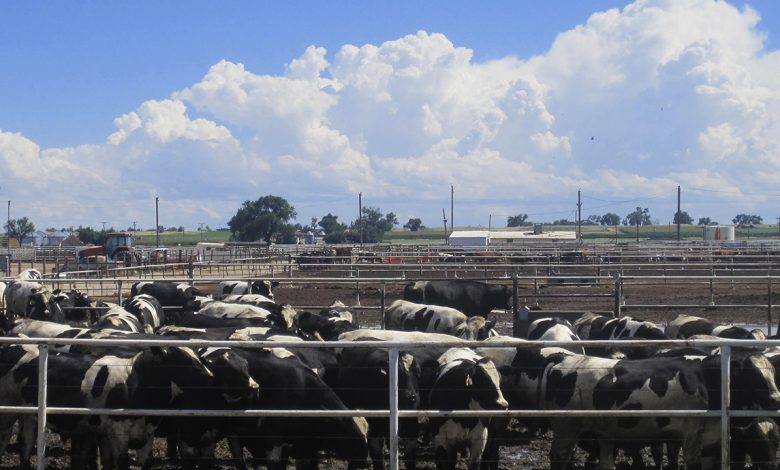Daily Current Affairs for UPSC
Basic Animal Husbandry Statistics 2022
Syllabus- Agriculture [GS Paper-3]

Context- The “Basic Animal Husbandry Statistics 2022” were recently released by the Ministry of Fisheries, Animal Husbandry, and Dairy, indicating an increase in India’s production of milk, eggs, and meat. The steady increase in livestock’s contribution to agriculture indicates its increasing significance for the country’s economy.
Key Highlights
- Production of milk:
-
-
- In 2021 and 2022, India produced 221.06 million tonnes of milk, making it the world’s largest milk producer.
- Over the previous year, production had increased by 5.29 percent.
- Native cattle account for 10.35 percent of the nation’s milk production, while non-descript cattle account for 9.82 percent and non-descript buffaloes account for 13.49 percent.
- Rajasthan (15.05 percent), Uttar Pradesh (14.93%), Madhya Pradesh (8.06 percent), Gujarat (7.56 percent), and Andhra Pradesh (6.97 percent) are the five states that produce the most milk.
-
- Eggs are produced:
-
-
- The total number of eggs produced was 129.60 billion, an increase of 6.19 percent from the previous year.
- The top five egg-producing states are Andhra Pradesh (20.41 percent), Tamil Nadu (16.08 percent), Telangana (12.86 percent), West Bengal (8.84 percent), and Karnataka (6.38%). Together, these states produce 64.56 percent of the nation’s eggs.
-
- Production of Meat:
-
- The complete meat creation in the nation was 9.29 million tons, expanding by 5.62% when contrasted with the earlier year.
- The meat creation from poultry is contributing around 51.44% of the absolute creation.
- Maharashtra comes in at 12.25 percent, followed by Uttar Pradesh at 12.14 percent, West Bengal at 11.63 percent, Andhra Pradesh at 11.04 percent, and Telangana at 10.82 percent. Together, they account for 57.86% of the nation’s total meat production.
- Wool:
- The country produced 33.13 thousand tonnes of wool in 2021-2022, a 10.30 percent decrease from the previous year.
- Rajasthan (45.91 percent), Jammu and Kashmir (23.19 percent), Gujarat (6.12 percent), Maharashtra (4.78%), and Himachal Pradesh (4.33%) are the five most important states for producing wool.
What is Animal Husbandry?
- The cultivation of livestock and selective breeding are both examples of animal husbandry. The genetic characteristics and behavior of animals are further developed for profit through animal management and care.
- India owns the most livestock of any country in the world.
- The country’s total livestock population was 535.78 million at the 20th Livestock Census, an increase of 4.6 percent from the 2012 census.
- Growing animals has many applications.
- For example, Operation Flood, which was started in 1970, helped dairy farmers direct their own development, increased milk production (which was called “a flood of milk”), increased rural incomes, and made sure that consumers paid reasonable prices.
Significance
- Growth in the economy: Numerous nations’ economies greatly benefit from animal husbandry. Through the export of animal-based products, it provides employment opportunities, income, and foreign exchange.
- Sustainable farming: By controlling pests and weeds, reducing the use of chemical fertilizers and pesticides, and providing manure for soil fertility, animal husbandry plays a crucial role in sustainable agriculture.
- Enhancement of the Gene: Through selective breeding and genetic engineering, animal husbandry also contributes to the genetic improvement of livestock, which results in increased productivity, enhanced disease resistance, and improved quality of animal-based products.





.png)



